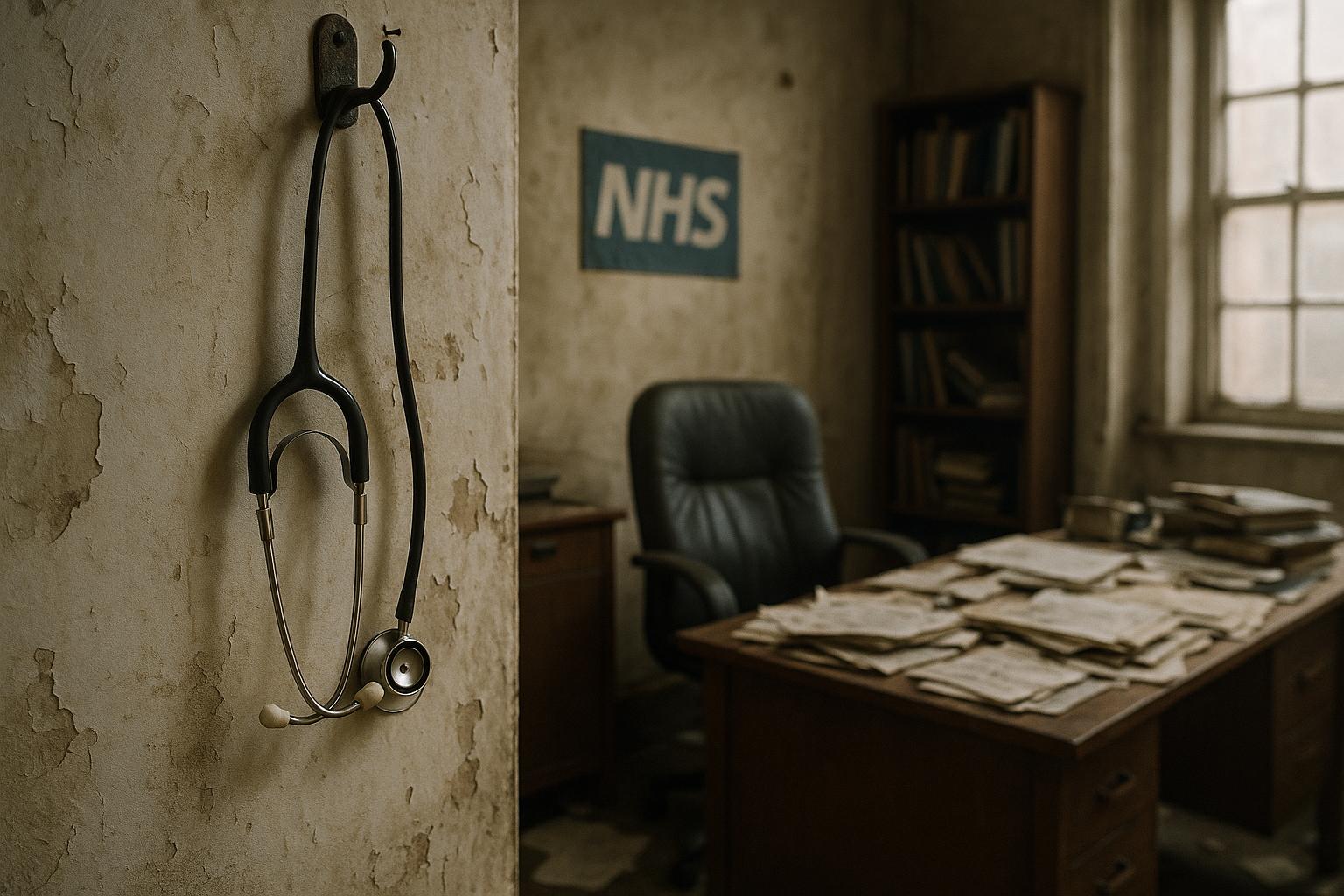An analysis published in the British Medical Journal has revealed a concerning trend in NHS general practice in England: one in three GPs who hold a licence to practise have either never worked in the NHS or have left the service. This disparity raises questions about the workforce’s ability to meet growing patient demand. Over the last decade, the number of NHS patients per full-time equivalent (FTE) GP has risen by 15%, while the number of patients per NHS consultant has fallen by 18%, highlighting a significant imbalance in primary care workload.
The study, covering the years 2015 to 2024, found that for every five additional GPs licensed by the General Medical Council (GMC), the NHS lost one FTE GP from general practice annually. Consequently, the proportion of GMC-licensed GPs not working in NHS general practice increased from 27% in 2015 to 34% by headcount in 2024, and from 41% to 52% when measured by FTE. This shortage is especially marked among female GPs, those aged 30–39 years, and in London and the South East. The research also noted a reliance on female GPs and those aged 40–49, while male GPs aged 50–59 showed the fastest decline in NHS general practice numbers.
Experts suggest multiple factors contribute to this workforce challenge. Funding constraints limit the ability of some practices to offer jobs to newly qualified GPs, while many existing practitioners face burnout and poor working conditions. Professor Kamila Hawthorne, chairwoman of the Royal College of General Practitioners (RCGP), stated that cash-strapped practices struggle to fund sufficient GP roles, affecting patients who experience difficulties accessing care. She also highlighted visa challenges for overseas-trained GPs who have completed UK training, urging for policy changes to allow them indefinite leave to remain, thereby easing their path to NHS employment.
The workforce shortfall coincides with structural shifts in general practice. Research by the London School of Hygiene & Tropical Medicine shows a 15% decrease in qualified FTE GPs per 1,000 patients over the past decade, amid a 20% fall in the total number of NHS general practices across England. Simultaneously, average patient lists per practice have increased by 40%, pointing to fewer, larger multidisciplinary practices managing more patients with fewer GPs. This consolidation intensifies the workload burden on individual GPs.
The decrease in GP surgeries is backed by data from University College London, which reports an 11% growth in the number of people registered with NHS general practices since 2013. The number of practices has fallen by one-fifth in the same period, pressuring remaining surgeries to cope with larger patient populations. The Royal College of GPs has stressed the urgent need for government support to keep local practices open and adequately staffed.
The government, for its part, has announced recruitment of over 2,000 additional GPs as part of its Plan for Change. This initiative aims to shift care out of hospitals and into community settings, increasing appointment availability and reducing pressure on emergency services. NHS figures for 2025 indicate record high numbers of fully qualified GPs (38,960) and a substantial rise in patient satisfaction. Over 7 million more GP appointments were delivered in the past year compared to the previous year, with 72.4% of patients reporting ease in contacting their GP practice, up from 60% and 72.9% rating their overall GP experience as good.
Despite this progress, the growing gap between licensed GPs and those active in NHS general practice, along with increasing patient list sizes and practice closures, suggest that the system remains fragile. British Medical Association GP Committee chairwoman Katie Bramall pointed to the "significant loss of talent and capacity" as the profession struggles to retain practitioners amid rising demand. She warned that without urgent government funding and workforce strategy reforms, the "brain drain" of GPs will worsen, threatening patient care at its most fundamental level.
In summary, while recent recruitment and government investment have bolstered GP numbers and appointment availability, the overall picture remains challenging. Increased patient loads, declining numbers of practices, and retention difficulties driven by funding, visa issues, and burnout continue to strain the NHS general practice workforce. Future workforce planning must prioritise both recruiting new GPs and retaining experienced practitioners to sustain patient care standards across England.
📌 Reference Map:
- Paragraph 1 – [1], [2]
- Paragraph 2 – [1], [2]
- Paragraph 3 – [1], [3], [4]
- Paragraph 4 – [1], [3], [4], [7]
- Paragraph 5 – [5], [6]
- Paragraph 6 – [1], [2], [6], [7]
Source: Noah Wire Services
